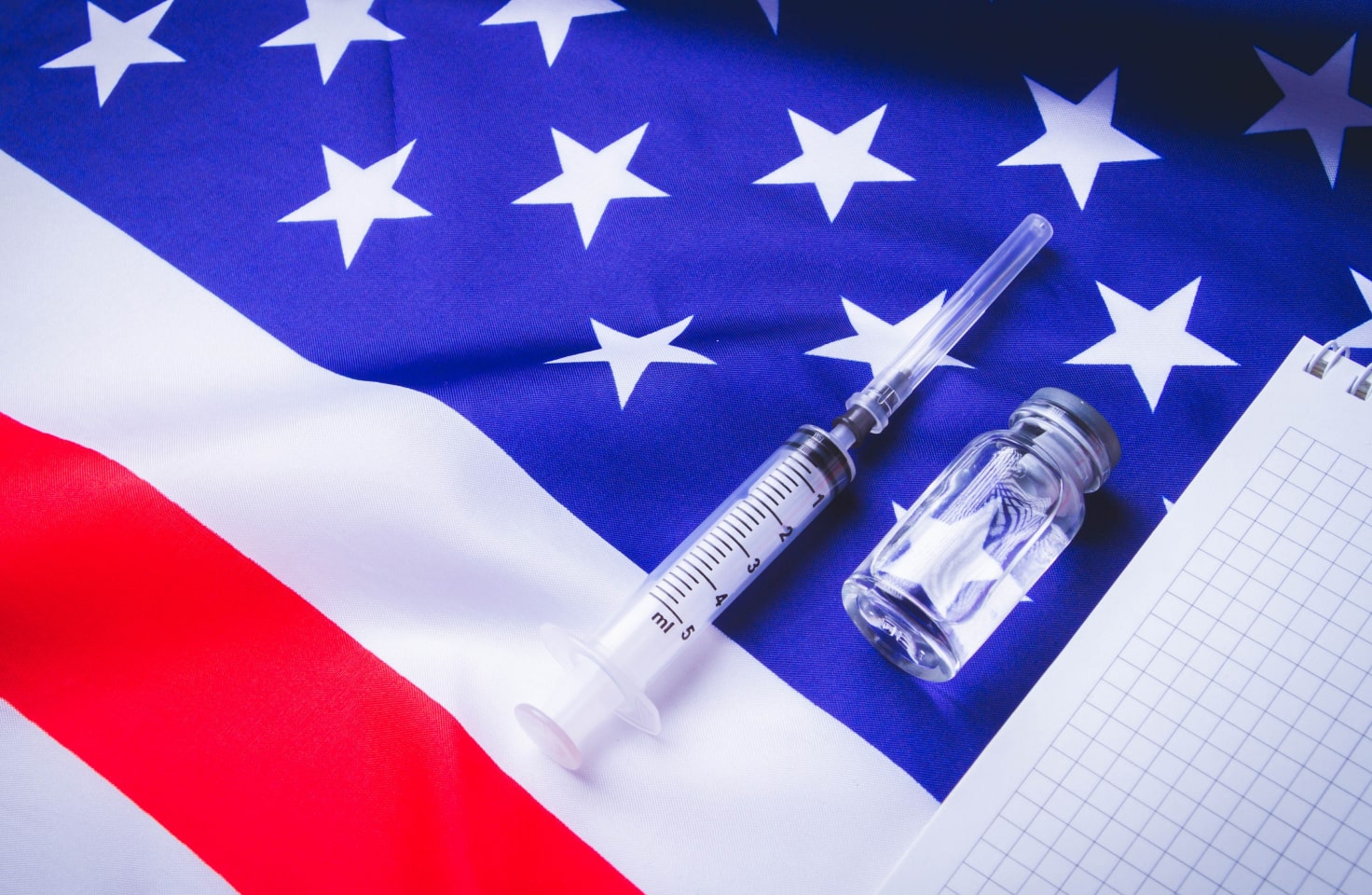T1D Guide
T1D Strong News
Personal Stories
Resources
T1D Misdiagnosis
T1D Early Detection
Research/Clinical Trials
Double Diabetes: Can You Get Type 1 and Type 2?
Double diabetes or hybrid diabetes is a rare disease in which individuals carry signs of both type 1 and type 2 diabetes. This complex disease can affect individuals of any age, weight or body type. Like type 2 diabetes, if not treated, the condition can increase in severity over time.

Editor’s Note: The information in this article is for informational purposes only. If you think you have insulin resistance, talk to your healthcare provider about a diabetes management plan right for you.
Double Diabetes and Insulin Resistance
Commonly associated with prediabetes and type 2 diabetes, individuals with type 1 diabetes (T1D) can also develop insulin resistance, though it’s not a cause of T1D. The disorder, also known as double diabetes, occurs when your body requires a higher amount of insulin to manage blood glucose.
The Root of Insulin Resistance
Insulin resistance, also called impaired insulin sensitivity, occurs when the body needs more of the hormone insulin to moderate blood glucose levels. The chronic condition may have no symptoms.
Additionally, the main difference between type 1 and type 2 diabetes lies in the cause: type 1 is an autoimmune disease in which the immune system attacks the insulin-producing beta cells in the pancreas. Type 2 diabetes (T2D) occurs when the body’s cells become resistant to insulin. Both types require exponential insulin, though some T2D cases can be treated with medication and lifestyle changes.
How Does Insulin Work?
Insulin works in the body like a key that unlocks the cell doors to bring glucose (sugar) from the blood. By moving blood sugar from the bloodstream into cells, insulin helps regulate the body’s high blood sugar levels.
Insulin also plays an essential role in the liver, where it stores glucose as glycogen, which can be used for energy or stored for later use when blood glucose levels drop.
Risk Factors for Insulin Resistance
- Excess body weight
- Smoking
- Puberty
- Sedentary lifestyle
- Pregnancy (second and third trimesters)
- Certain medications (steroids)
- Family history of type 2 diabetes
- High-risk ethnic groups
Interesting Fact: Diabetes hits certain groups harder than others. According to the ADA’s Clinical Diabetes Journal in 2020, particular minorities (Latinos, Asians and African Americans) are at a higher risk for T2D. In comparison, Caucasians are the most likely to develop type 1 diabetes.

The Hyperglycemia Effect
When blood glucose levels rise due to either 1) a breakdown of the working beta cells or 2) the cells become resistant to the body’s insulin, the effect is hyperglycemia. Insulin resistance causes hyperglycemia (high blood glucose). High blood glucose levels left untreated can become serious health problems like the severe condition diabetic ketoacidosis (DKA), which can cause diabetic coma and death.
Hyperglycemia Symptoms Include:
- Frequent urination
- Increased thirst
- Increased hunger
- Headaches or stomachaches
- Blurred vision
- Dry skin and infections
Treatment and Prevention for Insulin Resistance
T1Ds who are insulin resistant may need higher insulin doses to maintain their blood sugar levels. Working with your healthcare provider to adjust your insulin needs is crucial. Doctors can check your insulin intake against your body weight to determine if you have insulin resistance.
Sometimes, simple lifestyle changes such as an improved diet and exercise plan can help reverse this condition in both T1D and T2D patients.
Weight Gain
According to the American Diabetes Association (ADA), simply dropping about 7 to 10 percent of your body weight or 10-15 pounds can significantly reduce the risk.
Furthermore, the National Institutes of Health (NIH) cites that insulin secretion rates are “three to four times higher in obese insulin-resistant subjects.”
Adjust your Diet
Reducing the amount of processed foods laden with high-fat carbohydrates and calories in your diet can make a difference. Moreover, adding proteins and high-fiber-rich foods has a positive effect.

Pro Tip: Seek the help of a qualified dietitian who can teach you simple tricks to eat healthier.
Activity Level
Change up your fitness routine by adding a variety of exercises (walking, running, biking and lifting weights can positively impact blood glucose levels.) Also, increased physical activity helps lower blood sugar and blood pressure levels.
Quit Smoking
Smoking has detrimental side effects associated with diabetes. Complications include cardiovascular disease, stroke, kidney failure, and neuropathy, to name a few.
Pro Tip: Increased levels of vitamin D, folate and vitamin b12 or vitamin D replacement therapy, have been shown to improve insulin resistance in patients.
Sleep Hygiene
Receiving the recommended seven to eight hours of nightly rest can help influence glucose metabolism. Check out our 8 Tips to Help You Sleep with Diabetes.

Insulin Deficiency
Also called insulin deficiency, insulin resistance requires even tighter blood glucose control or time in range (TIR). Time in range is the metric used to measure an individual with diabetes's time spent in their target range. Ideal blood glucose levels at a healthy range for a person with diabetes typically rest at an average blood sugar level between 70 to 180 mg/dL. Blood sugar levels are recommended to stay in range at least 70% of the day.
Tests for Insulin Resistance
If your healthcare provider suspects you have insulin resistance, they may request a blood test to diagnose the condition accurately.
Since T1D and T2D patients lack the symptoms, insulin resistance is usually detected during blood work.
Fasting plasma glucose test (FPG): This test measures the blood sugar after 8 hours of not eating.
Oral glucose tolerance test (OGTT): This fasting glucose test requires the patient to drink a sugary solution and do another blood test two hours later.
Glycated hemoglobin A1c test (A1c): This assessment estimates the average blood glucose levels over the past three months.
Lipid panel and NMR test: These tests measure lipids (cholesterol and triglycerides) in the blood and evaluate the degree of insulin resistance and risk of cardiovascular disease.
Other Insulin Resistant Conditions
Additional insulin resistant conditions beyond type 1 and type 2 include the following:
Gestational Diabetes Mellitus (GDM)
Similarly, gestational diabetes is a condition that happens during pregnancy when a hormone produced by the placenta prevents the body from effectively using insulin, another effect of insulin resistance.

Cushing’s Syndrome
This is a rare hormonal disorder where the body produces too much cortisol over a long time. The metabolic disturbance can lead to high cortisol levels and the development of insulin resistance.
Metabolic Syndrome
In this condition, the body makes insulin to move glucose into cells for energy. However, weight gain and obesity make it difficult for the cells to respond to insulin, causing insulin resistance.
Interesting Fact: Polycystic ovary syndrome (PSOS) is a common secondary condition in women with type 1 diabetes, affecting around one in four. This lifelong disorder often causes insulin resistance.
One NIH study found that mutations in the insulin receptor gene have been identified in rare forms of insulin resistance, such as Werner syndrome and Rabson-Mendenhall syndrome (RMS).
Other Signs of Insulin Resistance in T2D
- A waistline over 40 inches for men and over 35 inches for women.
- Skin tags or patches of dark, velvety skin called acanthosis nigricans.
- A higher than-usual blood pressure reading of 130 over 80 or higher.
- A consistent fasting glucose level over 100 mg/dL.

GLP-1s to Treat Insulin Resistance
Lifestyle changes are often the primary focus for treating insulin sensitivity. While no medicine can cure insulin resistance, your doctor may prescribe certain drugs to treat the condition.
Accordingly, more glucagon-like peptide 1 (GLP-1) medications can help treat insulin resistance. These new drugs can help lower blood sugar levels and improve weight management, reducing the risk of cardiovascular diseases and stroke.
Though the FDA hasn’t approved GLP-1s for type 1 diabetes, some healthcare providers may prescribe it to patients. Speak with your healthcare provider to see if this may be an option for your diabetes care.


.webp)





.webp)
.jpg)
.jpeg)
.jpg)
.jpg)
.jpg)
.jpg)



.jpg)

.jpg)

.jpg)



.jpg)
.jpg)
.jpg)

.jpg)

.jpg)














.jpg)


.jpg)







.webp)












.webp)




















.webp)








.jpg)




.jpg)
















.webp)